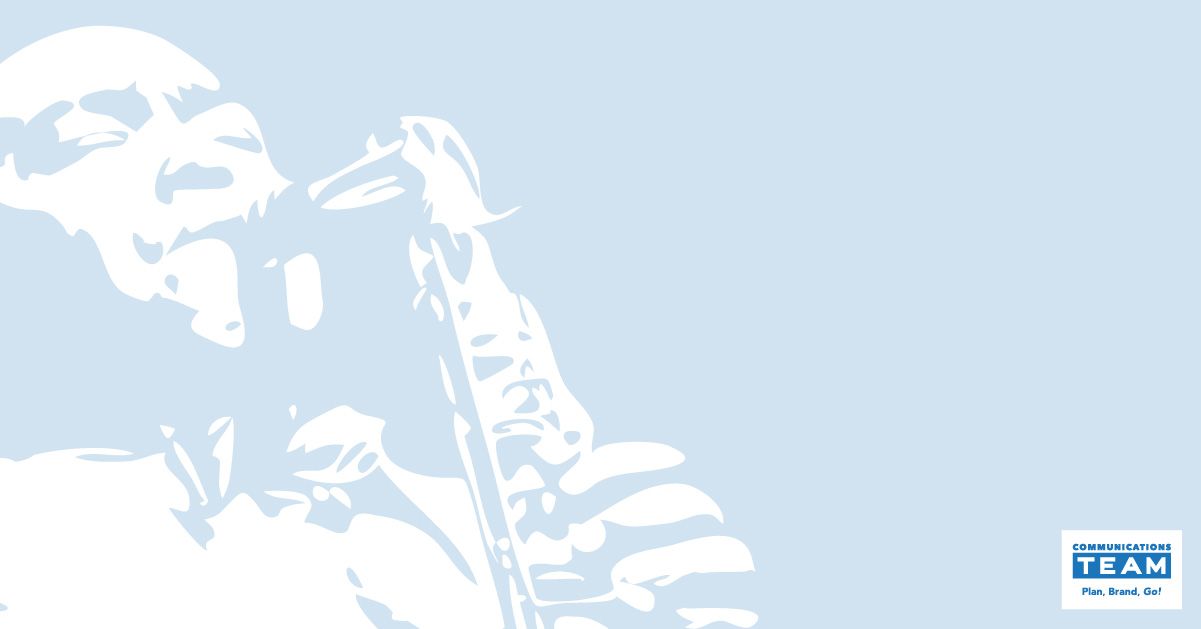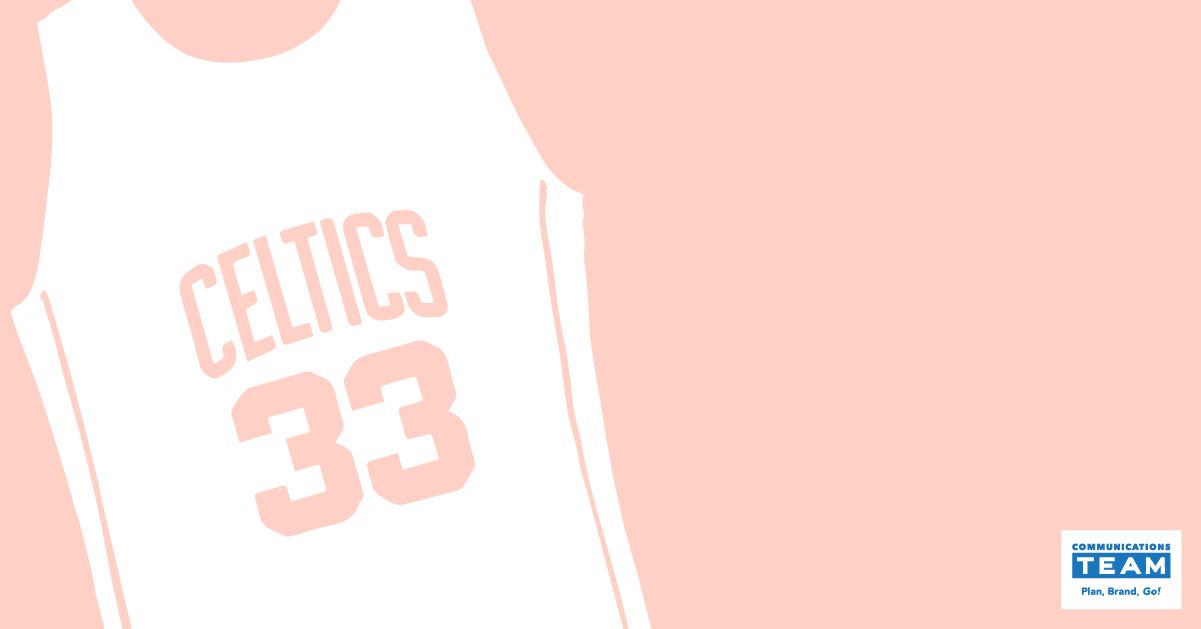Reading a middle-aged man’s reminiscence about a high-school classmate who was a gifted athlete raises a question: can memories make for good marketing.
Here’s what was written;
The first time I saw someone fly I was 18 years old. It was a cloudless, Midwestern, spring afternoon in 1983 and I was among a clutch of teenagers jostling for a rebound on a blacktop basketball court. Suddenly, seemingly out of nowhere, one boy soared above the throng, and with his lithe body framed in amber by the midday sun, slammed the ball through the hoop in one fell swoop, like a cobra plucking a baby bird from its nest.
I’ve seen human beings fly many times since then–Sonny Rollins on the sax, Meryl Streep on the screen, Nelson Mandela at the dais–but nothing compares to the first time I saw a human being in flight, rising like a hallucination above the fray, to create a transcendent, gorgeous moment.
The writer, of course, was not creating content as part of any marketing strategy but what if that had been the case? For the right product–say a line of athletic wear, or a private high school or university or software design–this approach could totally work by inviting an audience to recall the first time they witnessed excellence. A memory is, after all, simply a story, and narratives that are deeply-felt, and finely-wrought are the cornerstones of an effective brand strategy.
When the stories ‘stick’ it’s the storyteller who reaps the benefits.









Leave A Comment